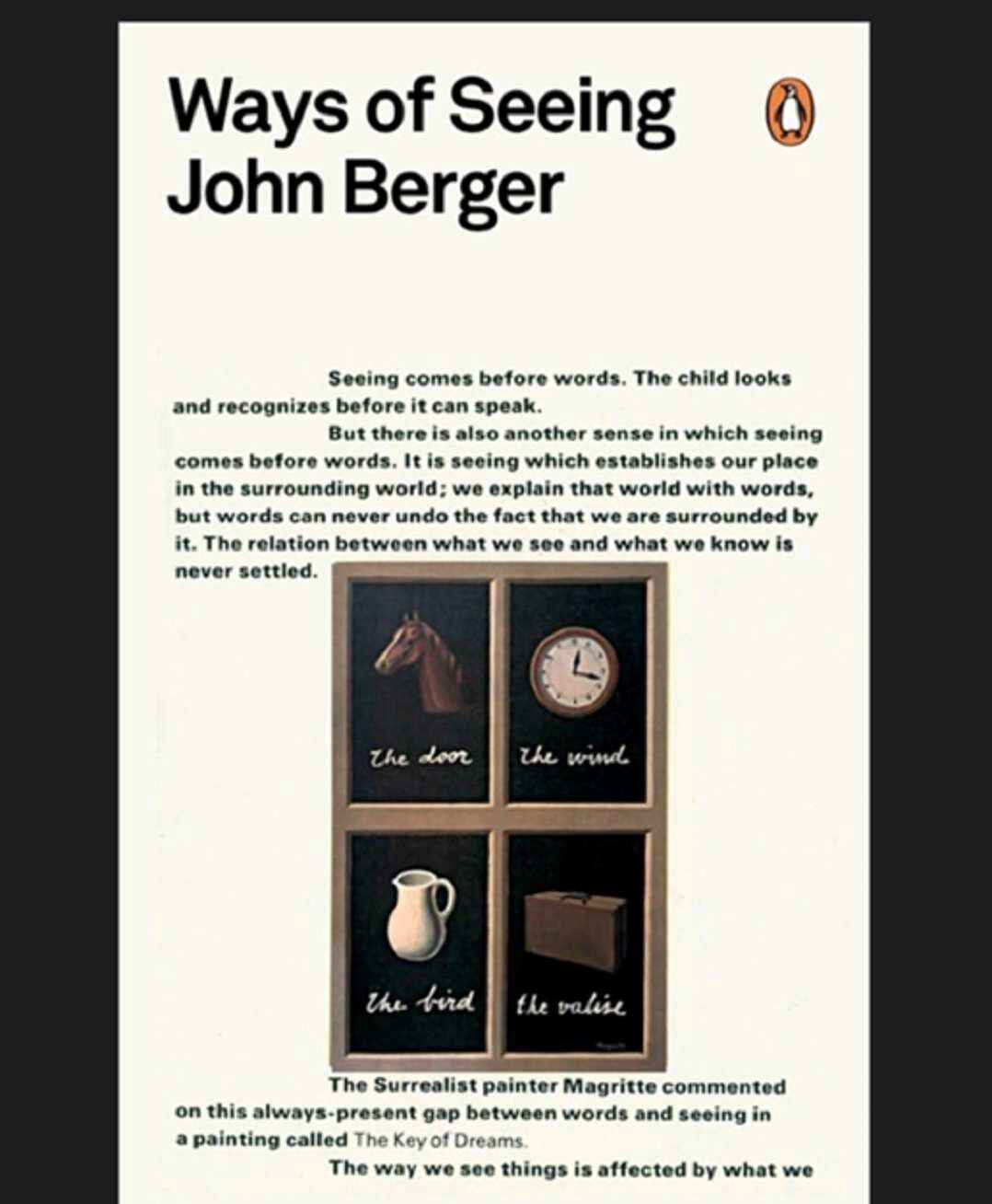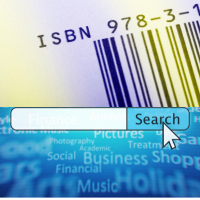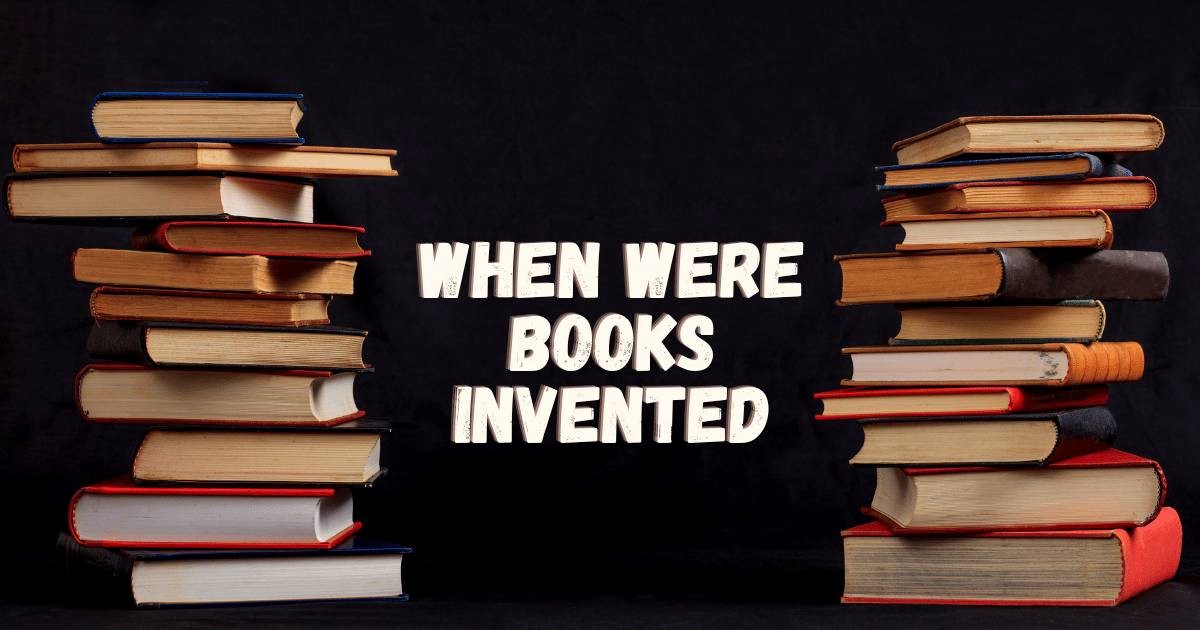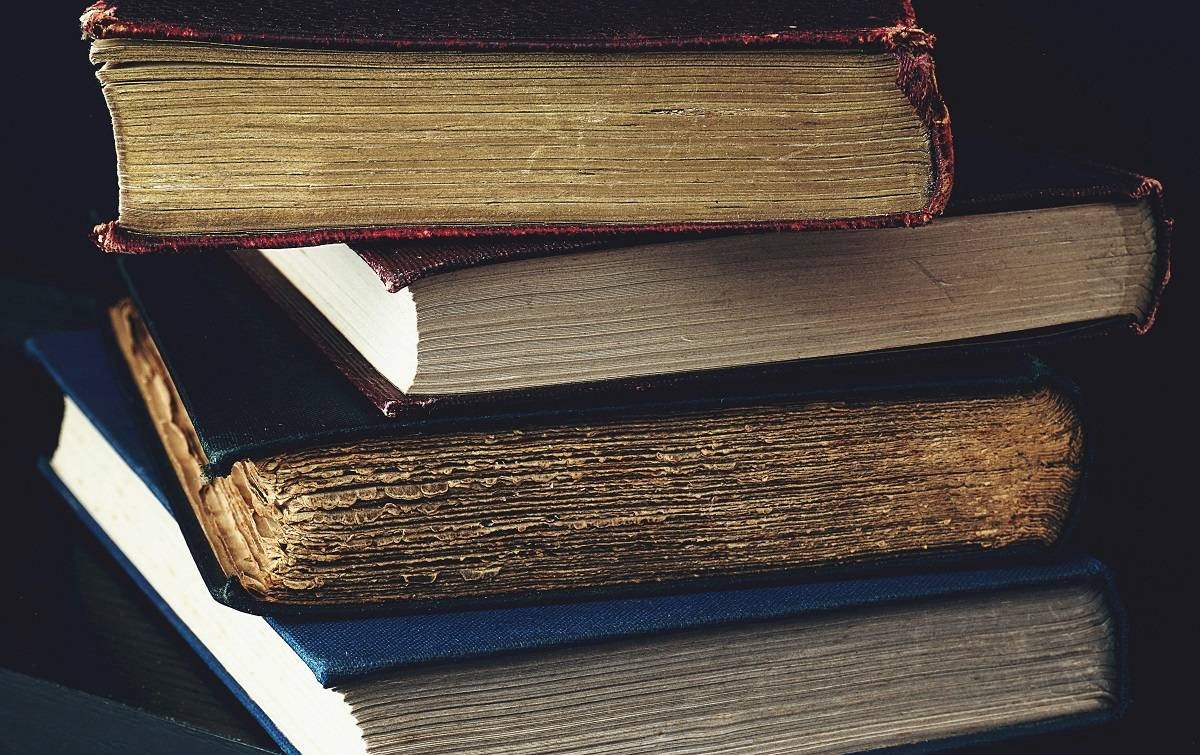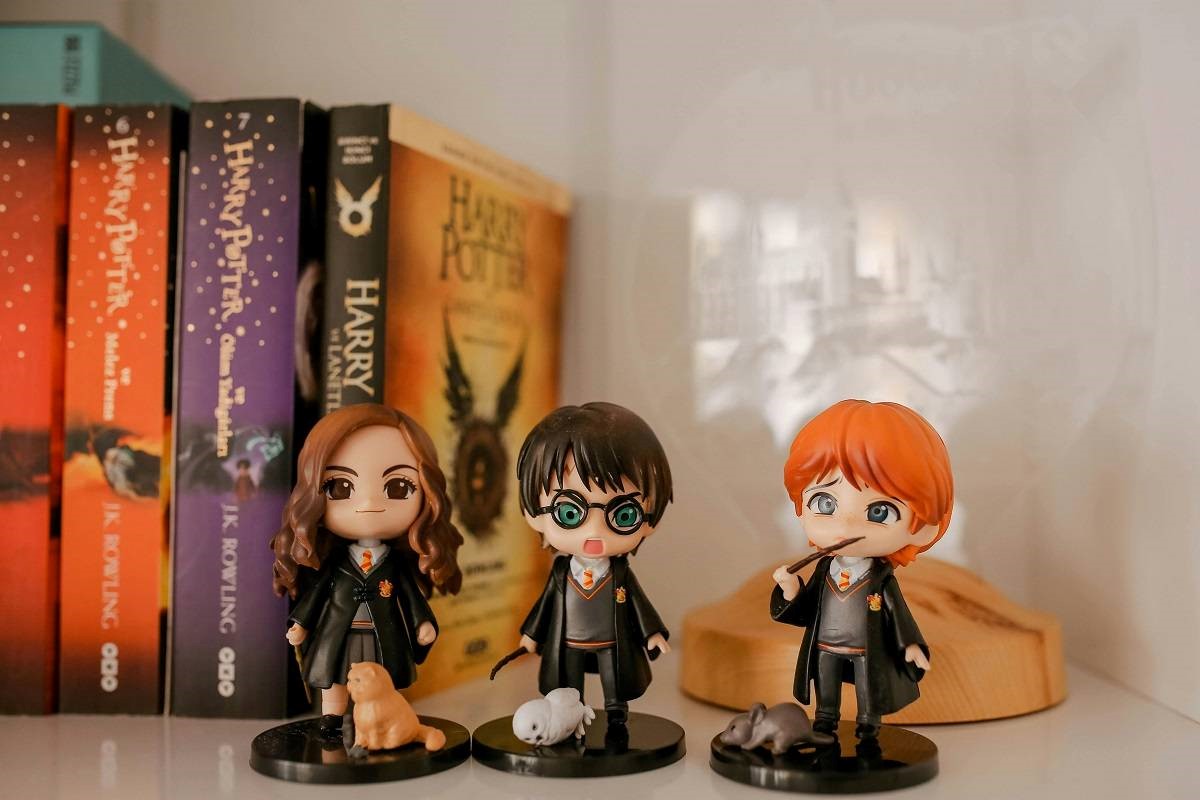Collecting rare first-edition books is a fascinating hobby that combines the love of reading with the excitement of a treasure hunt. For book lovers, a first edition is more than just a book; it's a piece of history, capturing the very first time a story was introduced to the world in print. This article looks into the world of rare first editions, exploring why they are important, what makes them valuable, and advice for those who want to start collecting them.
Historical Significance - Rare First Edition books Top of Form
Rare first-edition books hold immense historical significance because they provide insight into the era they were published. These books often reflect the author’s original intent, unmarred by later edits or revisions. For instance, the first editions of Jane Austen’s "Pride and Prejudice" or Charles Dickens’ "Great Expectations" offer a glimpse into the early 19th-century publishing world, including practices like serial publication and the use of pseudonyms.
The first edition of a book may also include details that were later removed or altered in subsequent editions. For example, Mark Twain’s "The Adventures of Huckleberry Finn" faced censorship and revisions in later prints. Owning a first edition is akin to holding a version of the text as the author originally intended it to be read.
Financial Value
The financial value of rare first editions can be substantial, often reaching astronomical figures at auctions. The worth of a first edition is influenced by several factors:
- Scarcity: Books printed in small quantities during their first run are typically more sought after. For example, the first edition of "The Great Gatsby" by F. Scott Fitzgerald is exceptionally valuable due to its limited initial print run.
- Condition: The state of the book plays a crucial role in determining its market value. Books in pristine condition, with their original bindings and without any marks or damages, fetch higher prices.
- Provenance: The history of a book’s ownership can add to its allure and value. Books previously owned by notable figures or those with a fascinating ownership history are particularly prized.
- Cultural Impact: Books that have significantly influenced culture, such as J.K. Rowling's "Harry Potter and the Philosopher's Stone," which heralded a global literary phenomenon, are highly valuable as first editions.
Notable First Editions
Several first editions have become legendary not just for their literary merit but for their rarity and the lore surrounding them:
- "The Gutenberg Bible": Known as the first major book printed using mass-produced movable metal type in Europe; it marks the start of the age of the printed book in the West.
- "Ulysses" by James Joyce: The first edition of this modernist masterpiece was printed in a small run by Shakespeare and Company in Paris, making it one of the most sought-after 20th-century first editions.
- "To Kill a Mockingbird" by Harper Lee: This first edition is highly valuable due to its profound impact on American literature and its relatively recent publication date, which allows many collectors to aspire to obtain it.
Collecting Tips
For those interested in starting or enhancing their collection of rare first editions, here are some practical tips:
- Research: Understanding the market and knowing what makes a first edition rare is crucial. Resources like auction house catalogs and databases can provide valuable information.
- Network: Building relationships with reputable dealers and joining collector groups can lead to valuable leads and opportunities.
- Patience and Persistence: The hunt for rare first editions requires both. It may take time to find a specific book at the right price.
Why are there so many First Edition Books?
A "first edition" book refers to the first time a book is printed, but there can be many types of first editions. For example, when a publisher releases a book with a new cover design or changes the format to paperback, these are also considered first editions of that type, often called 'first edition thus.'
Serious collectors usually seek the 'true first edition'—the very first version printed. Finding this can sometimes require some investigative work. There are many guides available to help identify true first editions, like those from windsorbooks.com.
It's important to note that being a first edition doesn't always make a book valuable or collectible. Other factors, such as the book's condition, whether it's signed by the author, how rare it is, its history, and its significance culturally or historically, also affect its value. First editions can be quite affordable, and it's wise to research and decide which particular edition is most meaningful to you.
Conclusion
Collecting rare first-edition books is a fascinating pursuit that connects collectors with the past, encapsulating the moment of a book’s creation and its subsequent journey through time. Whether driven by a passion for history, literature, or the excitement of the chase, the world of rare book collecting offers endless opportunities for discovery and delight. For many, it’s not just about possession but the on-going search and what each unique edition represents—a story, a piece of history, and a personal connection to the literary world.
FAQs
- What is special about first-edition books?
First-edition books are special because they are the first printing of a book when it's initially published. They can represent the original vision and text as the author intended, which makes them appealing to collectors and book enthusiasts.
- How do you value a first edition?
The value of a first-edition book depends on factors such as its condition, rarity, demand, whether it's signed by the author and its cultural or historical significance. Books in better condition and those with fewer copies tend to be valued higher.
- Do rare books increase in value?
Rare books can increase in value over time, especially if they become more desirable among collectors if the author's reputation grows, or if they gain historical significance. However, not all rare books will appreciate; their value can depend on changing trends and interests.
- How do you know if a book is 1st edition?
You can usually identify a first edition by looking for specific markers in the book, such as the publisher’s notation on the copyright page that indicates it’s a first printing. Guides and expert advice might also be needed, especially for older or more obscure books.
- How do rare first-edition books work?
A first edition book is the first run of copies that are printed and released by the publisher. It becomes a first edition when it is distributed for sale. If the book is revised or reprinted, later versions may be called second editions or reprints. Top of Form
References
- Robinson, F. C. What Is a Rare Book? Sewanee Review, 120(4), 513-520.
- Goff, F. R. Rare Books. Quarterly Journal of Current Acquisitions, 16(3), 152-162.
- Ghosh, M. I. Fundamentals of experimental pharmacology.
